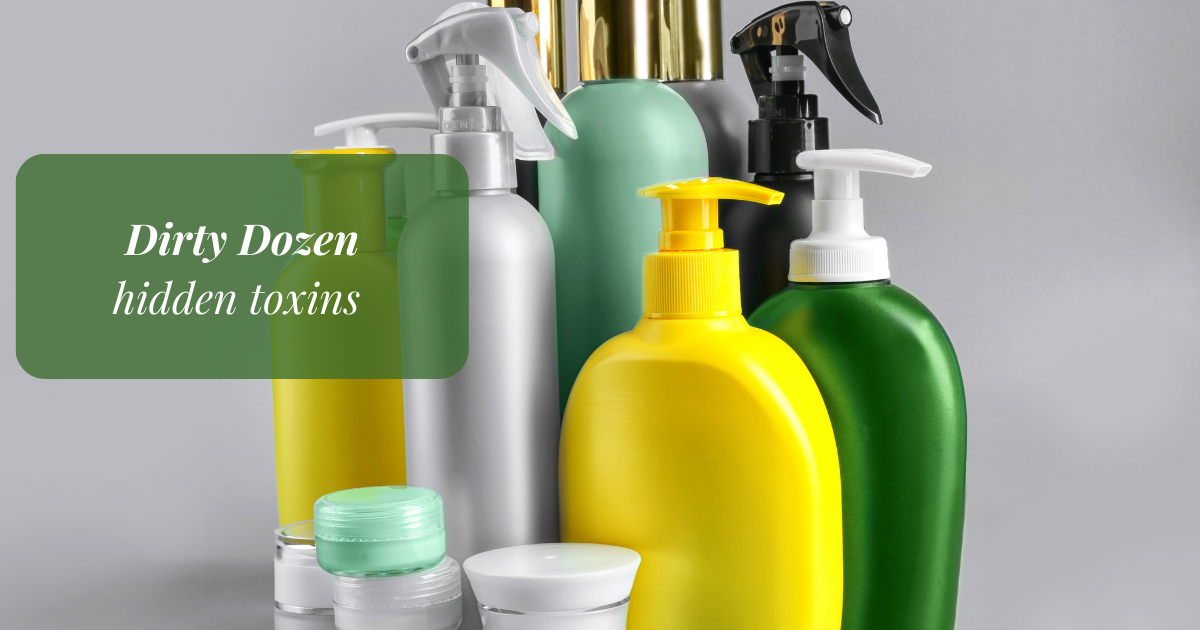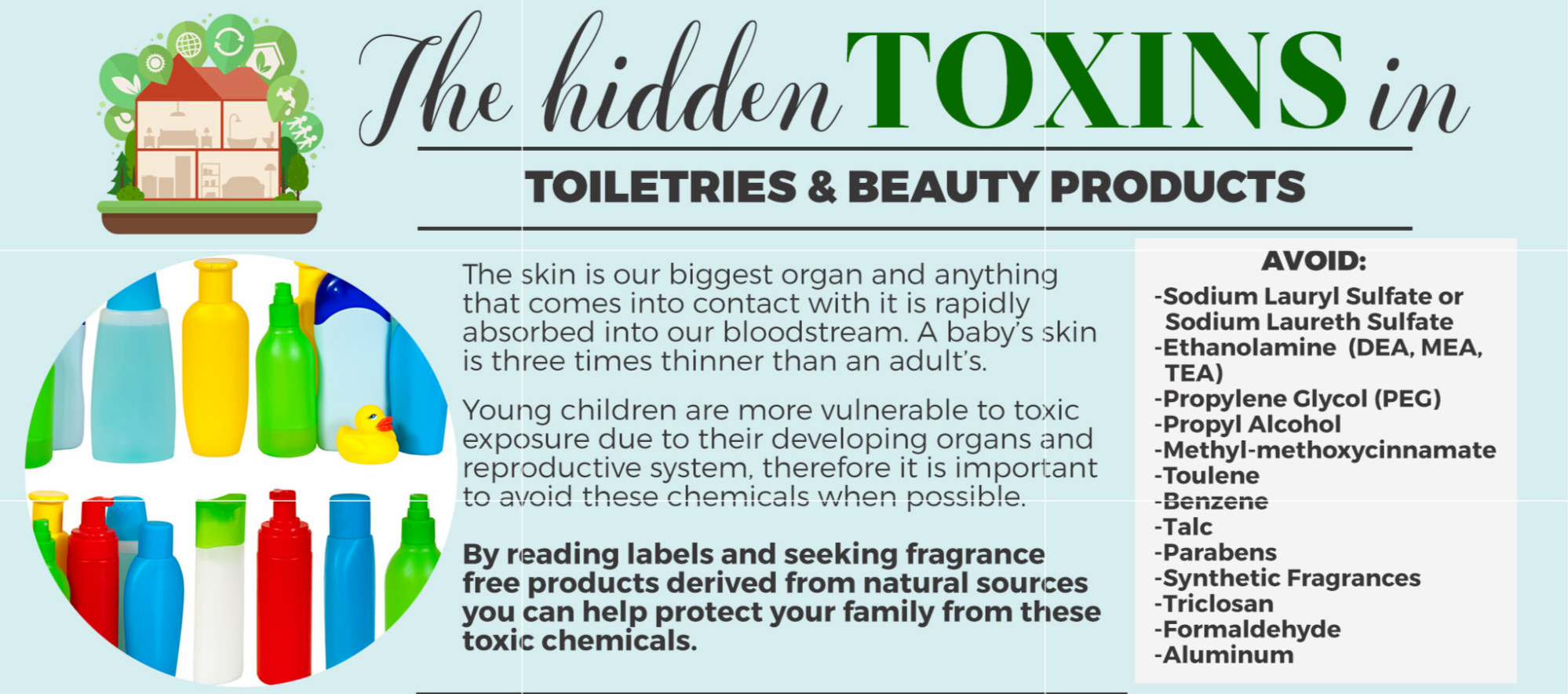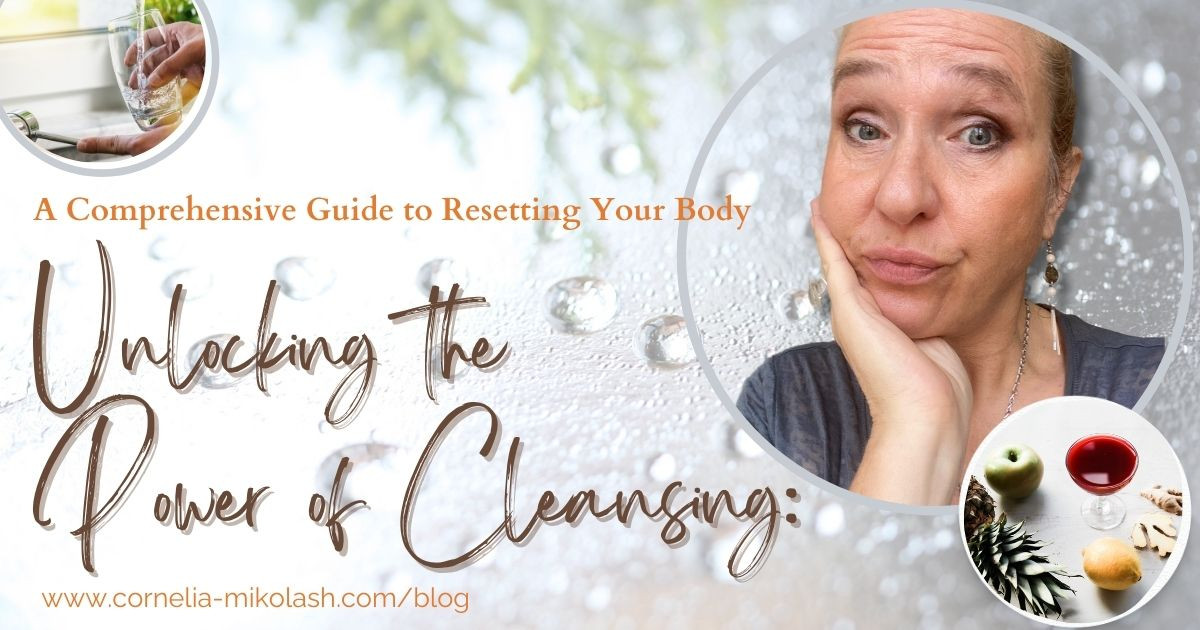
"One of the best ways to make small changes in your home is to be aware of what ingredients to avoid."
Let’s talk about the Dirty Dozen; a list of twelve ingredients that we suggest avoiding when choosing products for your home.
- BHA and BHT: an Endocrine disruptor and carcinogen and is used mainly in cosmetics as a preservative.
- Coal tar dyes: a carcinogen that has a heavy metal toxicity. They are commonly found in processed foods, lipstick, hair dyes and more.
- DEA [diethanolamine]: a carcinogen commonly found in creamy or foaming products such as moisturizers and shampoos.
- Dibutyl phthalates: an Endocrine disruptor and reproductive toxin. They are commonly used in nail care products.
- Formaldehyde: a carcinogen. They are used in a variety of cosmetics as a preservative.
- Parabens: an Endocrine disruptor that may interfere with male reproduction. They are used in cosmetics as a preservative.
- Parfume / Fragrance: a carcinogen. They can cause neurotoxicity, allergies and skin sensitivities. They are used in variety of cosmetics to add aroma. Companies do not have to disclose the ingredients due to being considered a “trade secret”.
- PEG [polyethylene glycol]: a compound that can be contaminated with 1,4-dioxane which may be a carcinogen. This ingredient is commonly used as the base for cosmetic creams.
- Petrolatum: a carcinogen. It is used in hair products for shine and as the moisture barrier in lip balms.
- Siloxanes: an Endocrine disruptor and a reproductive toxicant. They are used in cosmetics to soften, smooth and moisten.
- Sodium laureth sulfates: a carcinogen. They are used in foaming cosmetics, shampoos, cleansers, and bubble baths.
- Triclosans: an Endocrine disruptor that can cause antibiotic resistance. They are found in toothpastes, cleansers, and antiperspirants.
What is an Endocrine Disruptor? (source: EWG) These are chemicals that may produce adverse developmental, reproductive, neurological, and immune effects in humans and wildlife. They can contribute to abnormal growth patterns and neurodevelopmental delays in children.
According to the Environmental Working Group,
“There is no end to the tricks that endocrine disruptors can play on our bodies: increasing production of certain hormones; decreasing production of others; imitating hormones; turning one hormone into another; interfering with hormone signaling; telling cells to die prematurely; competing with essential nutrients; binding to essential hormones; accumulating in organs that produce hormones.” (source: EWG)


Hit the button below for questions - where to start, what's best for YOUR situation.
And unlock the perfect path towards your wellness goals.


















0 Comments